I am going to look further into drugs and the relationship between dealer and buyer, and the power the dealer has over the buyer. I am going to look into puppets and the way they are controlled and the vulnerability of the users.
What makes som more vulnerable than others?
Like many other diseases, vulnerability to addiction is influenced by
multiple factors, with genetic, environmental, and developmental factors all contributing. Genetics accounts for approximately half of an individual’s vulnerability to addiction, including the effects of the environment on gene function and expression. Elements of our social environments—culture, neighborhoods, schools, families, peer groups— can also greatly influence individual choices and decisions about behaviors related to substance abuse, which can in turn affect vulnerability. Indeed, addiction is a quintessential gene-byenvironment- interaction disease: a person must be exposed to drugs (environment) to become addicted, yet exposure alone does not determine whether that will happen—predisposing genes interact with this and other environmental factors to create vulnerability. In fact, environmental variables such as stress or drug exposure can cause lasting changes to genes and their function, known as epigenetic changes, which can result in long-term changeto brain circuits. Genes may also mitigate the effects of environment—which is why, for example, two substance-abusing individuals growing up in the same high-risk environment may have very different outcomes.
Adding to the complexity, the contributions of environmental and genetic risk factors may also vary during the different life stages of childhood, adolescence, and young adulthood. Adolescence is the period when addiction typically takes hold. Additionally, because their brains are still undergoing rapid development in areas that contribute to decision-making, judgment, and risk-taking, adolescents tend toward immediate gratification over long-term goals. This can lead to risk-taking, including experimenting with drugs. When coupled with their increased sensitivity to social or peer influences and decreased sensitivity to negative consequences of behavior, it is easy to see why adolescents are particularly vulnerable to drug abuse.
What makes som more vulnerable than others?
Like many other diseases, vulnerability to addiction is influenced by
multiple factors, with genetic, environmental, and developmental factors all contributing. Genetics accounts for approximately half of an individual’s vulnerability to addiction, including the effects of the environment on gene function and expression. Elements of our social environments—culture, neighborhoods, schools, families, peer groups— can also greatly influence individual choices and decisions about behaviors related to substance abuse, which can in turn affect vulnerability. Indeed, addiction is a quintessential gene-byenvironment- interaction disease: a person must be exposed to drugs (environment) to become addicted, yet exposure alone does not determine whether that will happen—predisposing genes interact with this and other environmental factors to create vulnerability. In fact, environmental variables such as stress or drug exposure can cause lasting changes to genes and their function, known as epigenetic changes, which can result in long-term changeto brain circuits. Genes may also mitigate the effects of environment—which is why, for example, two substance-abusing individuals growing up in the same high-risk environment may have very different outcomes.
Adding to the complexity, the contributions of environmental and genetic risk factors may also vary during the different life stages of childhood, adolescence, and young adulthood. Adolescence is the period when addiction typically takes hold. Additionally, because their brains are still undergoing rapid development in areas that contribute to decision-making, judgment, and risk-taking, adolescents tend toward immediate gratification over long-term goals. This can lead to risk-taking, including experimenting with drugs. When coupled with their increased sensitivity to social or peer influences and decreased sensitivity to negative consequences of behavior, it is easy to see why adolescents are particularly vulnerable to drug abuse.
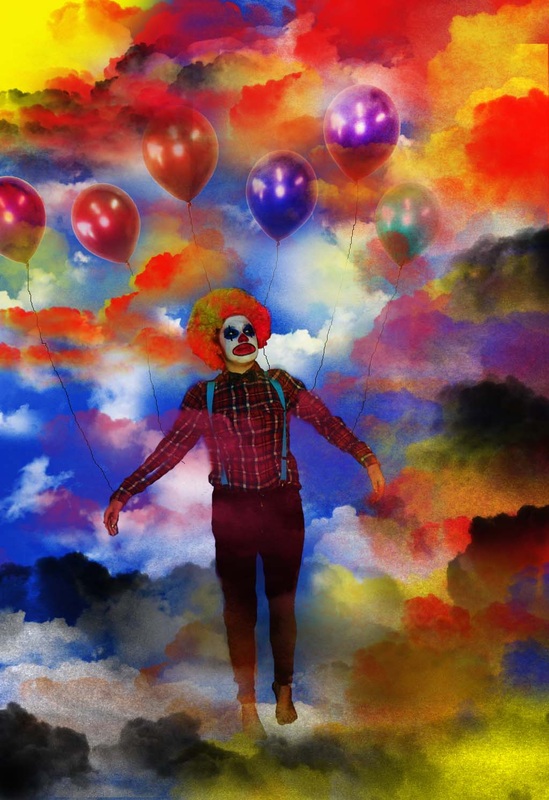
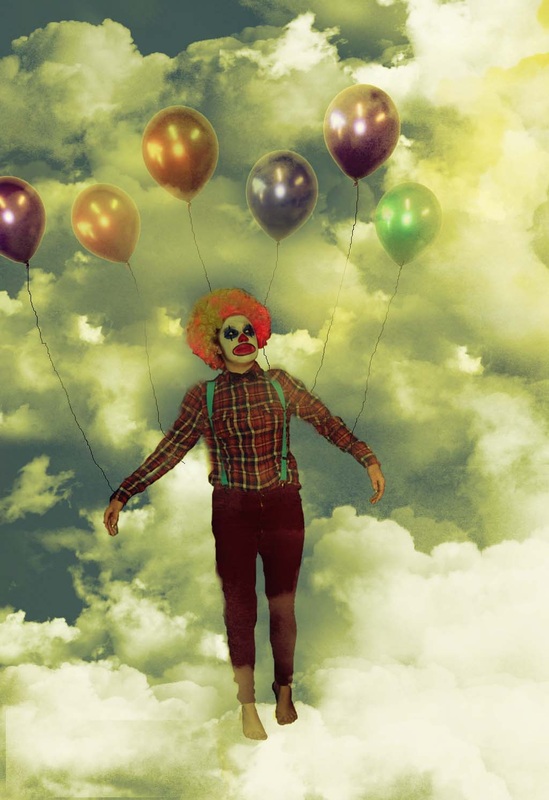
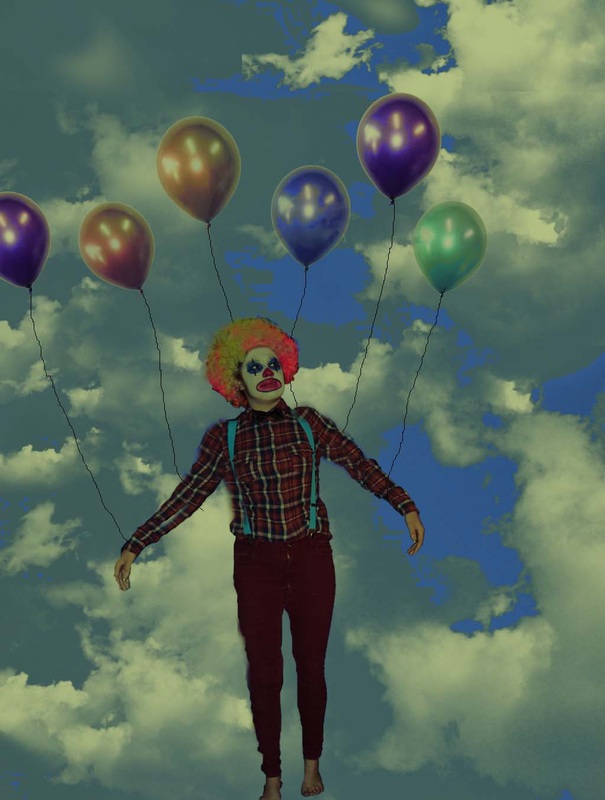
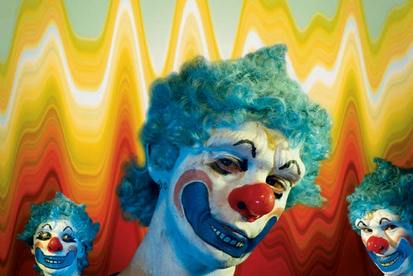
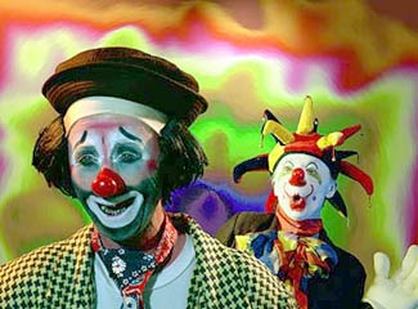
 RSS Feed
RSS Feed